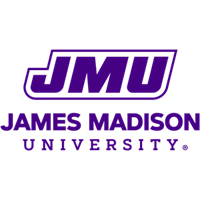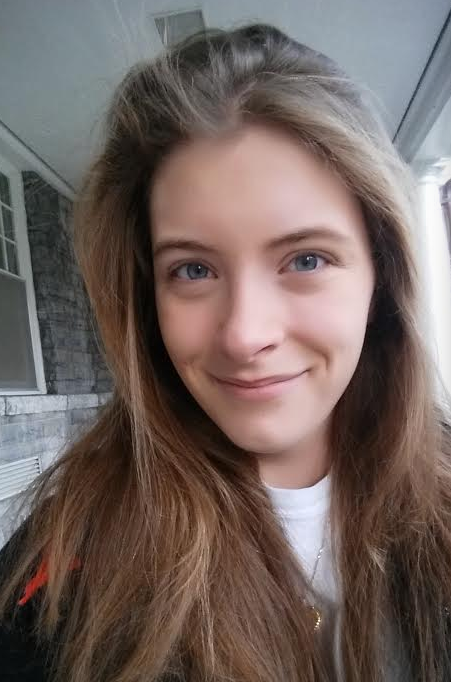Below is a summary of the abstract you submitted. Presenting author(s) is shown in bold.
If any changes need to be made, you can modify the abstract or change the authors.
You can also download a .docx version of this abstract.
If there are any problems, please email Dan at dar78@pitt.edu and he'll take care of them!
This abstract was last modified on May 1, 2015 at 11:03 a.m..

Phages that infect Mycobacterium smegmatis represent the largest sequenced collection for a single bacterial host species. Despite this, many relatively straightforward questions about their biology remain unanswered. In this study, 61 new phage isolates were obtained from soil samples collected in various regions of Virginia. Of these, three (Tres, Sparkdehlily, and Dione) were sequenced, annotated, and further characterized. Sparkdehlily, Tres, and Dione were determined to be members of subclusters F1, B2, and B1, respectively.
The kinetics of replication of Sparkdehlily and Tres were measured using a one step growth assay, while Tres was further characterized to determine whether it is capable of lysogeny. A spot test performed with Tres yielded a turbid zone from which viable cells could be cultured. These putative lysogens were propagated in liquid culture and shown to spontaneously release phages into the culture supernatant which could form plaques on wild type M. smegmatis mc<sup>2</sup>155 but not the putative Tres lysogen. Plaques derived from the culture supernatant were morphologically indistinguishable from Tres.
The wet lab characterization of Tres indicates that it is a temperate phage, an observation that is at odds with the bioinformatic analysis of its genome. The Tres genome is not predicted to encode an integrase gene, yet there is evidence for an excise. Some temperate phages do not integrate their genome during lysogeny, and instead replicate as a plasmid. Notably, Tres does encode ParB, a gene implicated in plasmid and chromosome partitioning.
Lastly, we note that GeneMark coding potential plots suggest a programmed translational frameshift that occurs during translation of genes in the right arm of every B2 phage, far removed from the G/GT frameshift upstream of the tape measure gene. This predicated feature is also found within some but not all of the other B subclusters.

